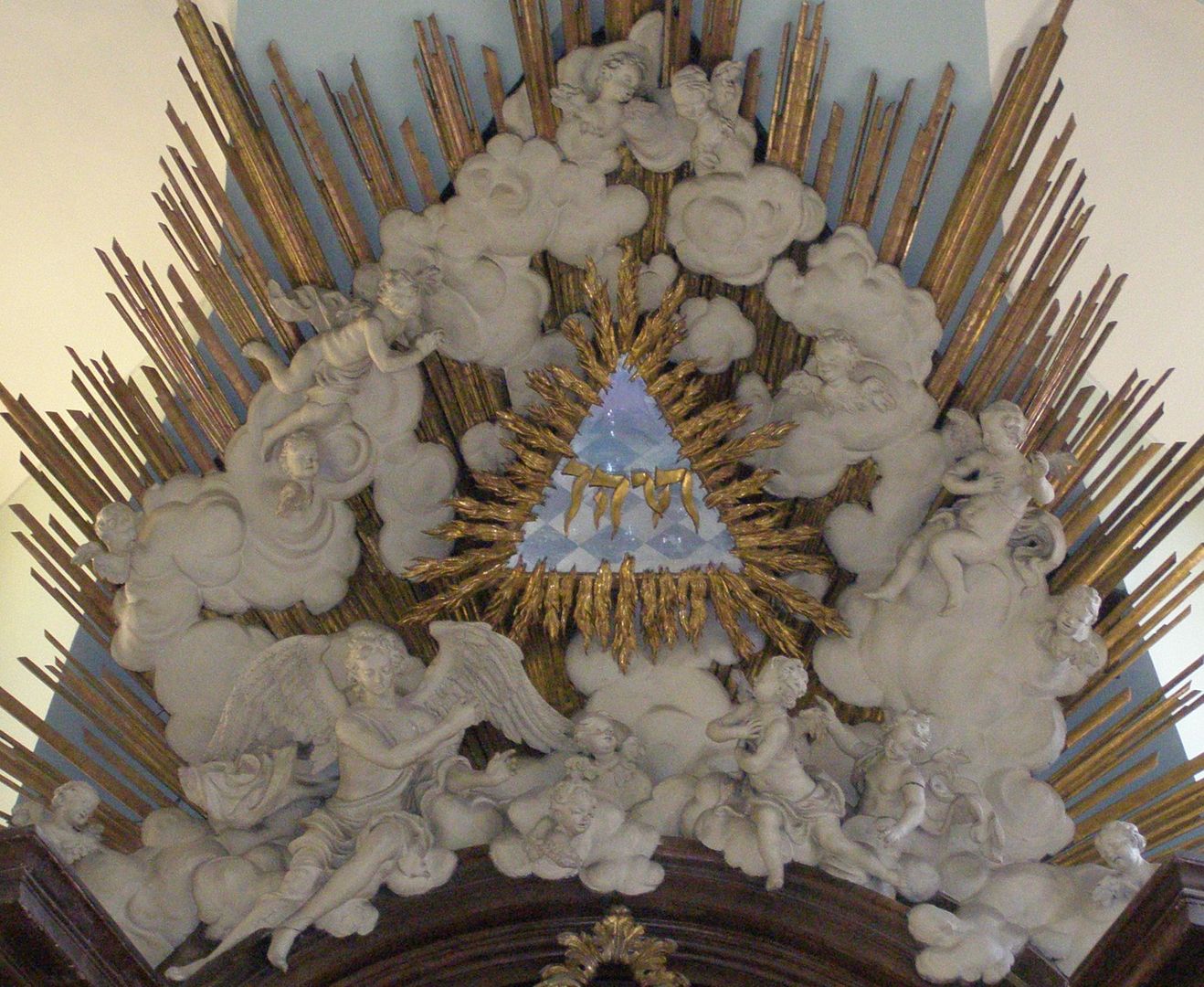St. Mary Magdalene Church in Cieszyn
6.94

Overview
The Church of St. Mary Magdalene in Cieszyn, the oldest existing Catholic church in the city, was built in the 13th century as a Romanesque temple founded by Euphemia, the wife of Prince Władysław of Opole. Initially, it served as a Dominican monastery and was dedicated to the Blessed Virgin Mary. During the Gothic period, the church was expanded with the addition of a transept and a long chancel for nuns. During the Reformation, between 1544 and 1611, it was taken over by Protestants and later reintegrated into the Dominican order until 1789. After a major city fire in 1789, the temple was rebuilt and in 1784 became the new parish church under the patronage of St. Mary Magdalene, as the previously existing church had burned down. The reconstruction, overseen by architect Karl Jacobi von Eckholm, gave the church a late Baroque–Classicist style that has survived to this day. The interior of the church is characterized by Baroque style, with altars, a pulpit, and a baptismal font created by Silesian sculptor Jan Józef Schubert. The church also houses valuable 18th-century Stations of the Cross paintings by Ignatz Günther and a late Baroque main altar from 1795, crafted by Andreas Kasper Schweigl. Notable is the sculpture of Przemysław I Noszak, located in a neo-Renaissance arcaded niche. In 1997, the image of the Mother of God of Cieszyn was introduced to the church, and since 2002 it has been designated as the Sanctuary of the Mother of God of Cieszyn. The church hosts three annual feasts, underscoring its role in the religious life of the local community. The Church of St. Mary Magdalene not only serves liturgical functions but also stands as an important element of Cieszyn's cultural heritage, housing a rich history and valuable works of art.
Location
2025 Wizytor | All Rights Reserved